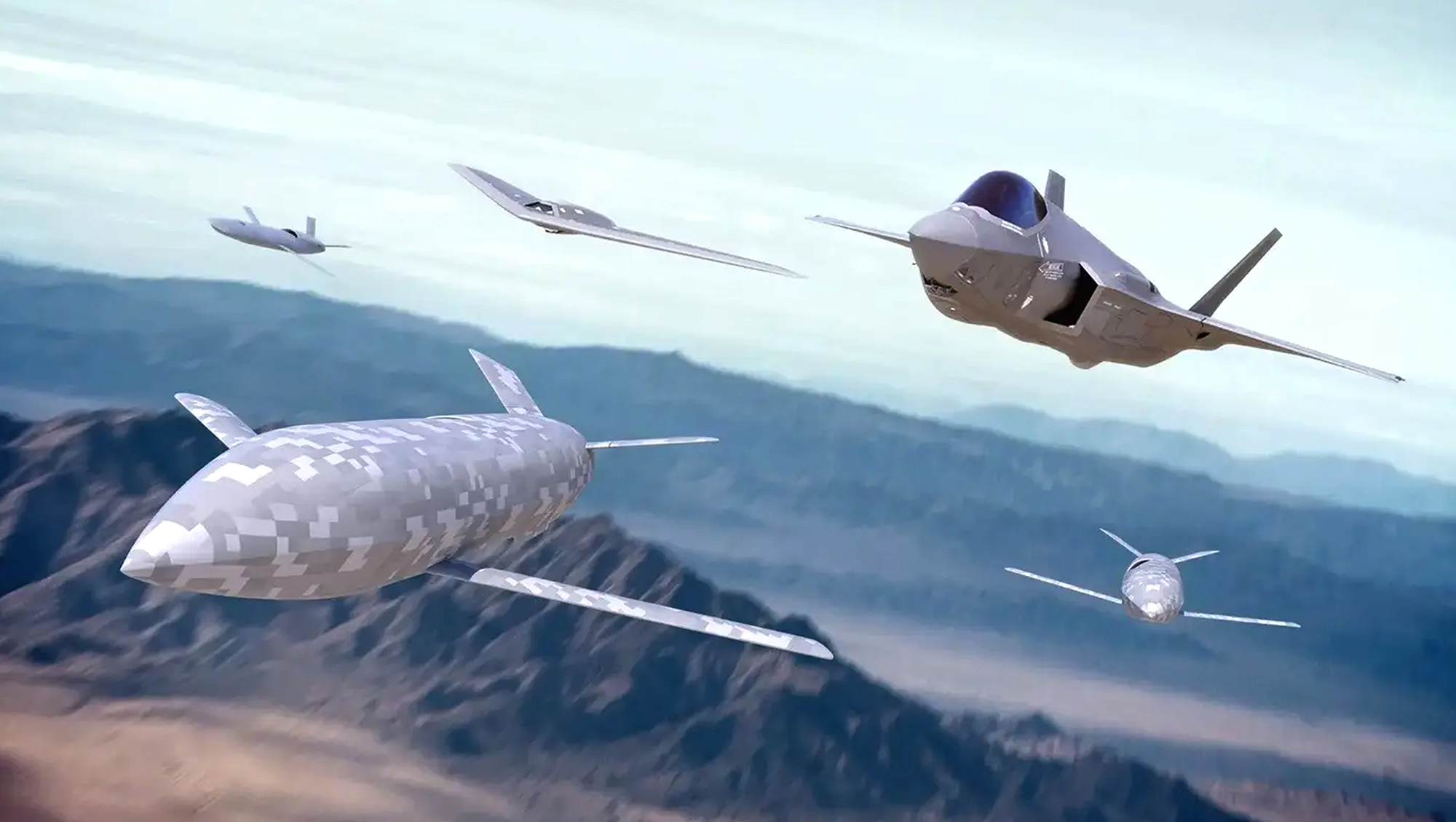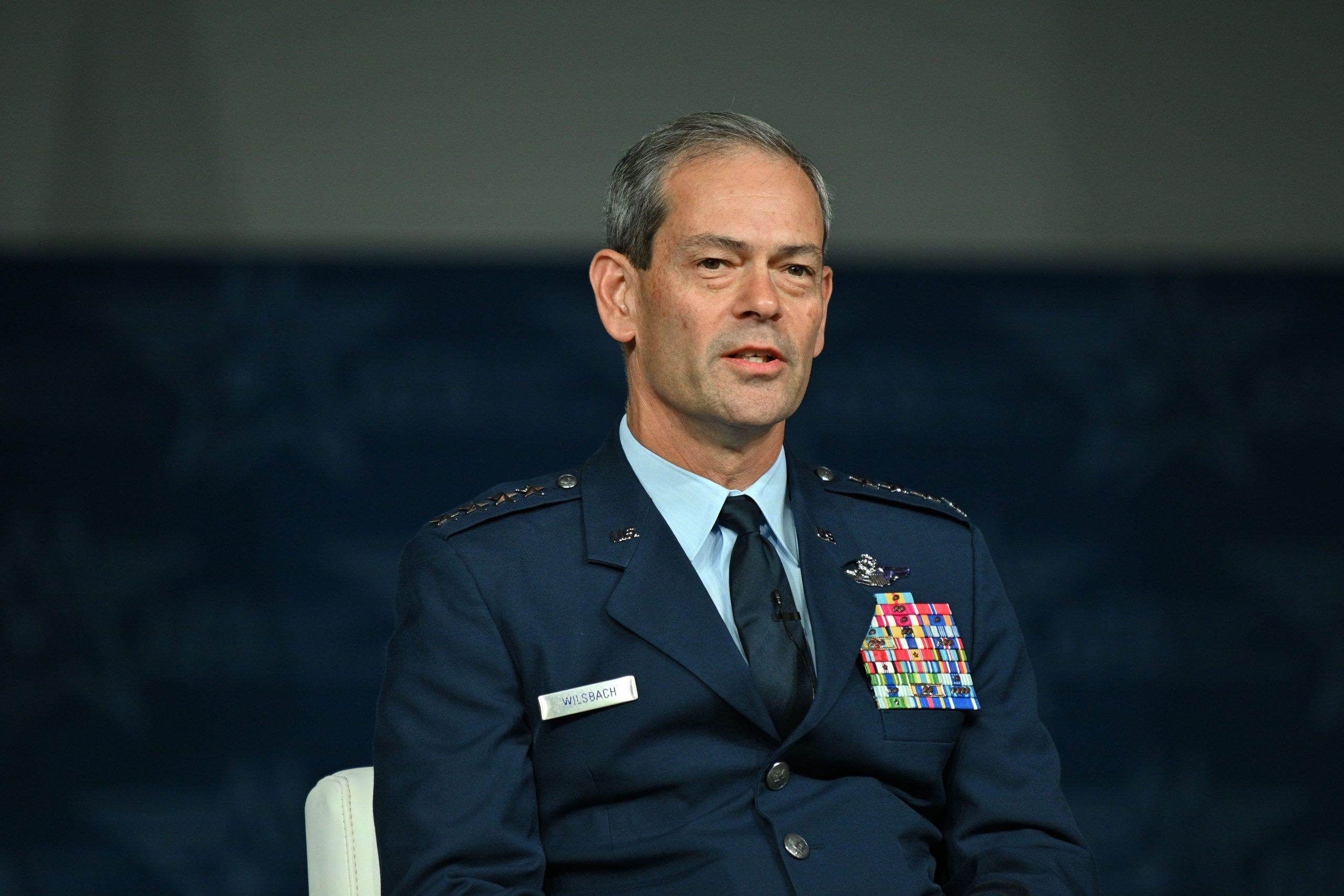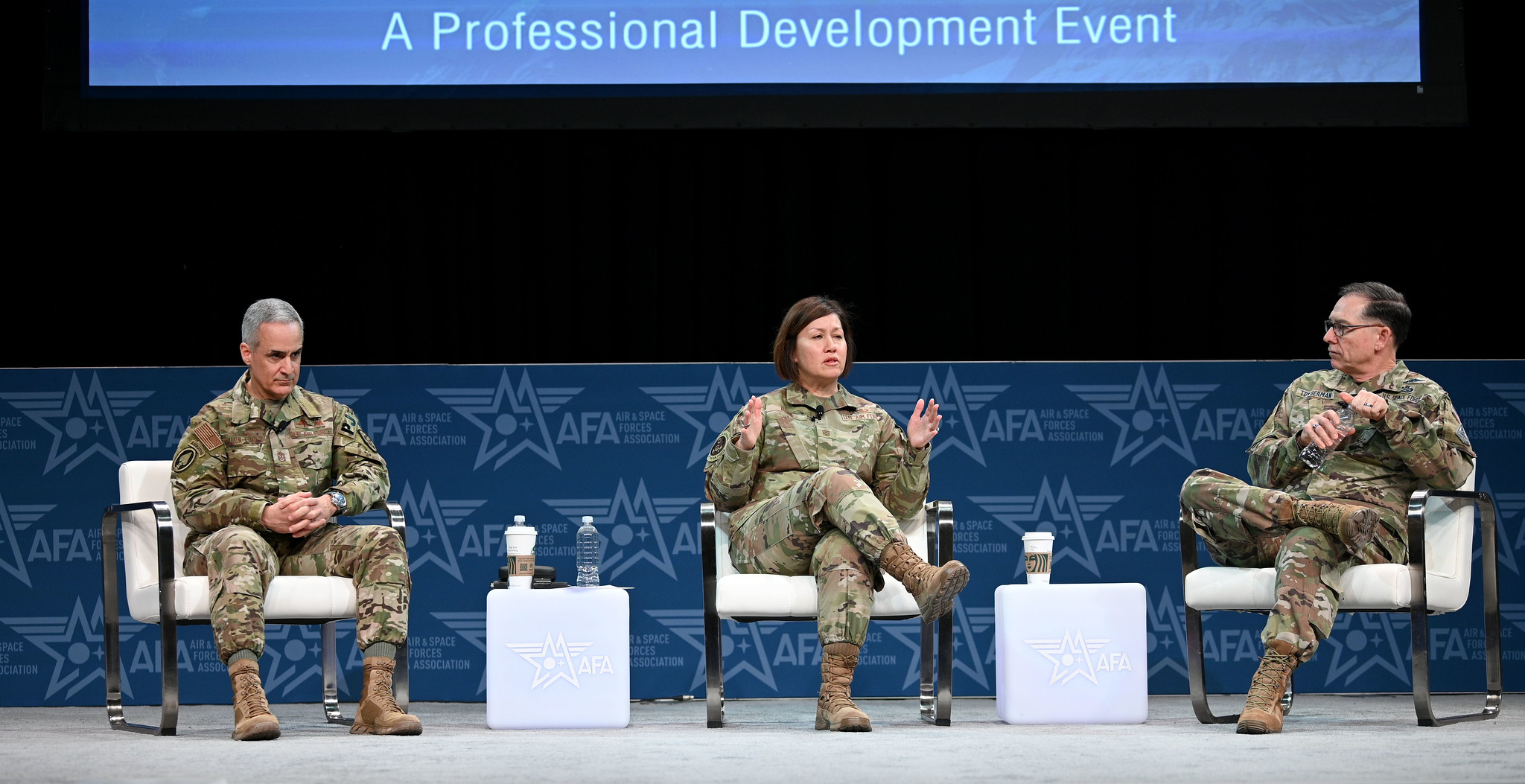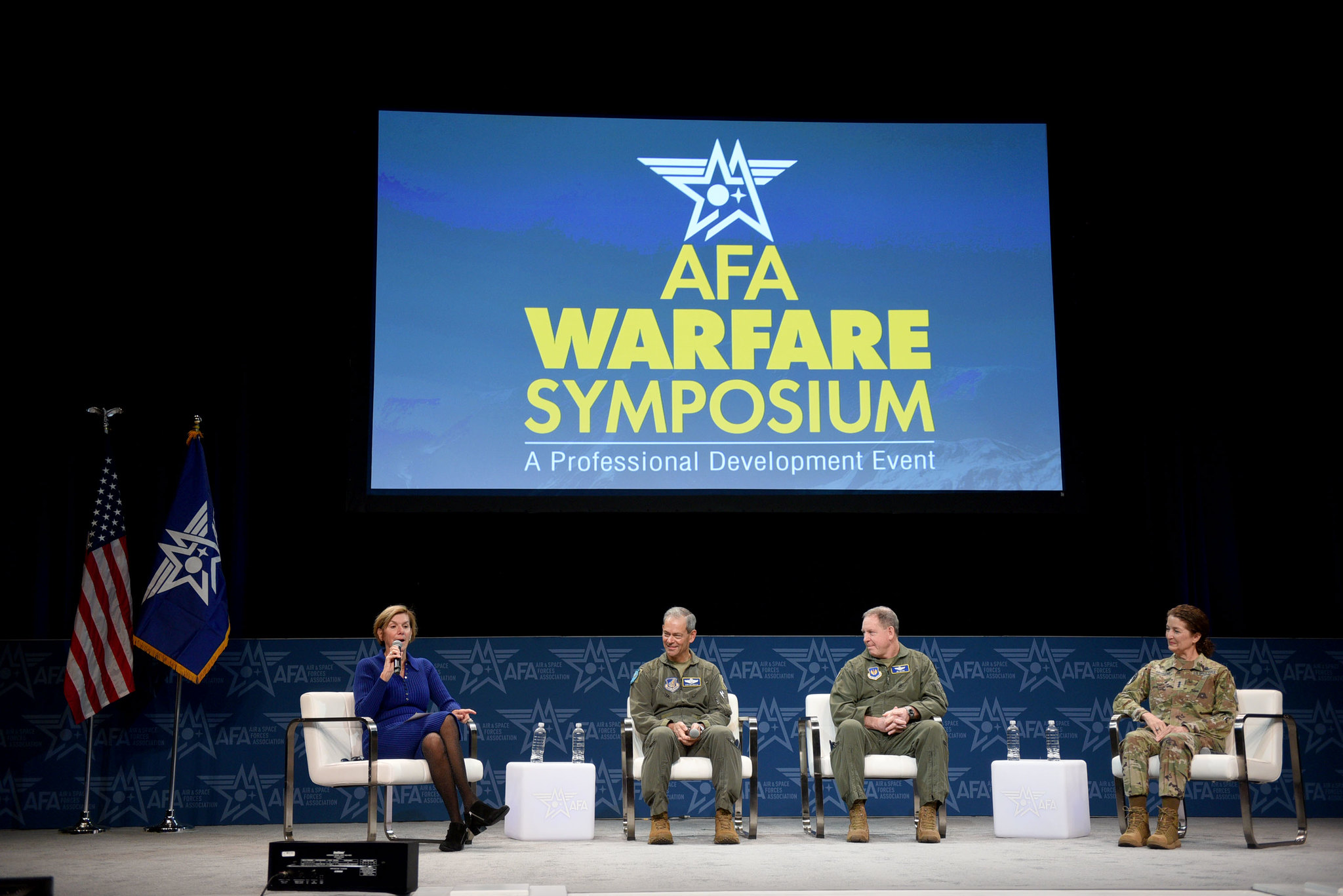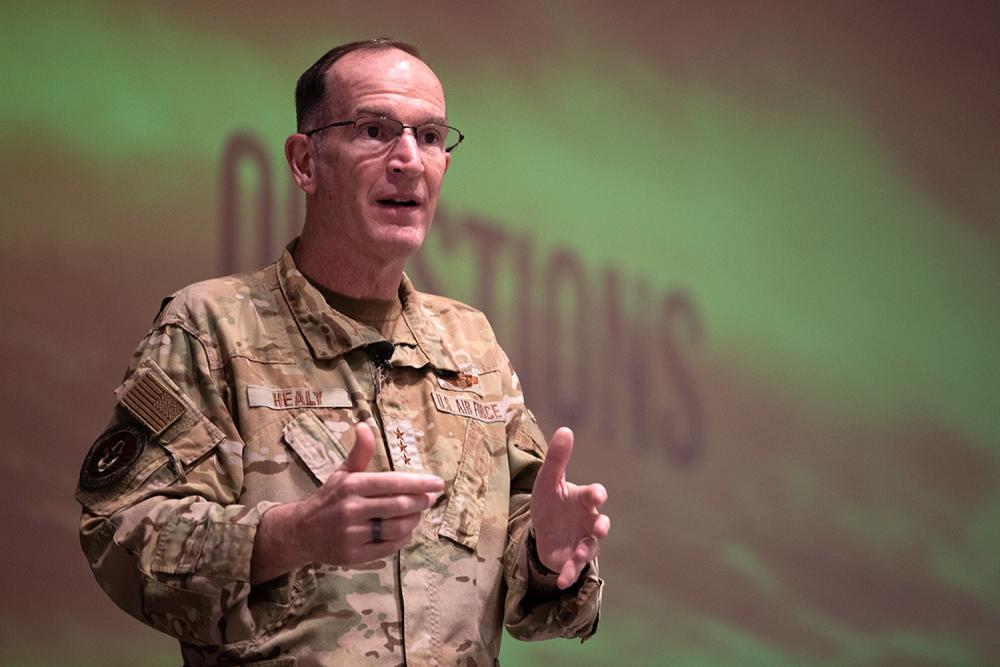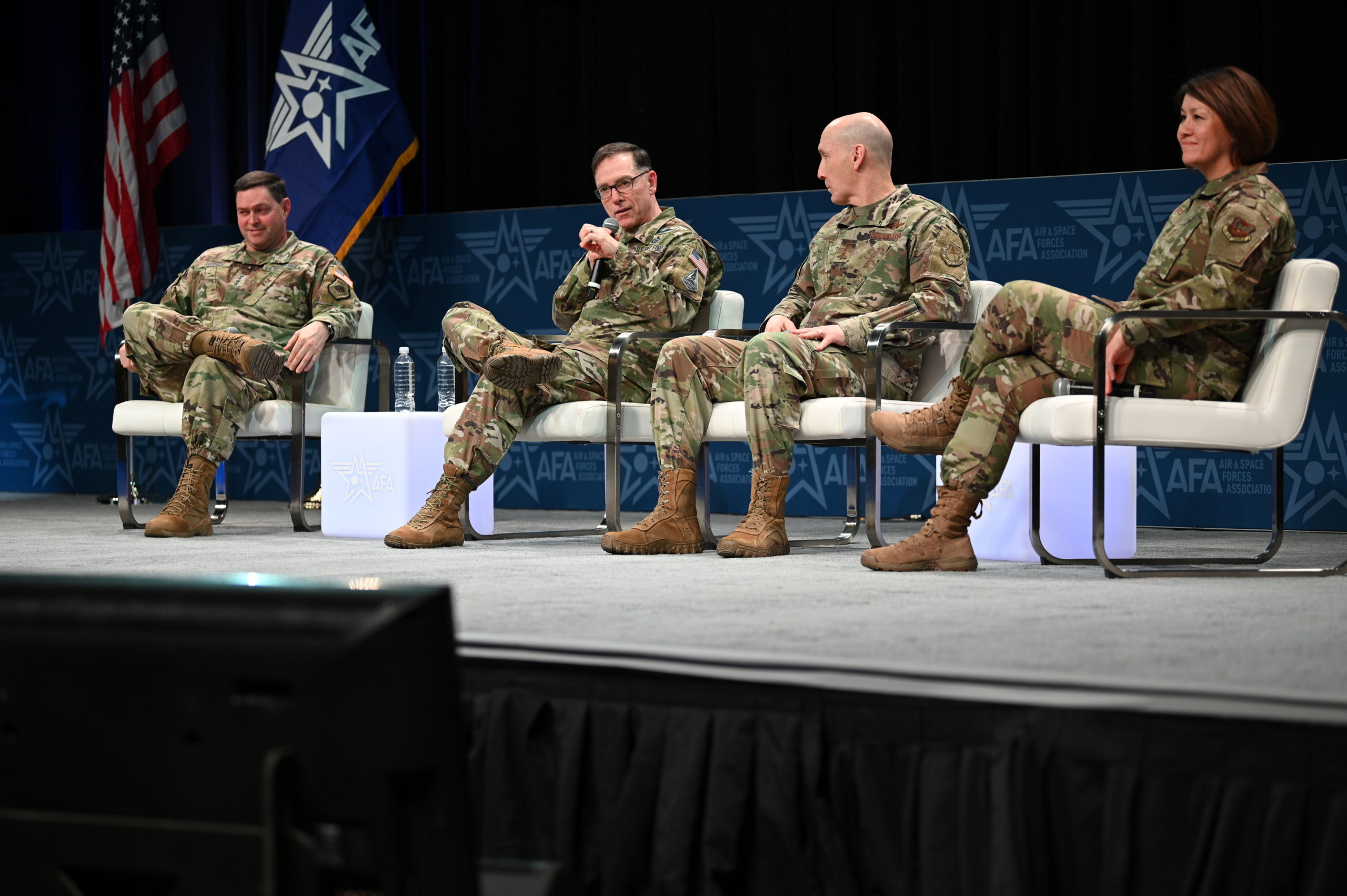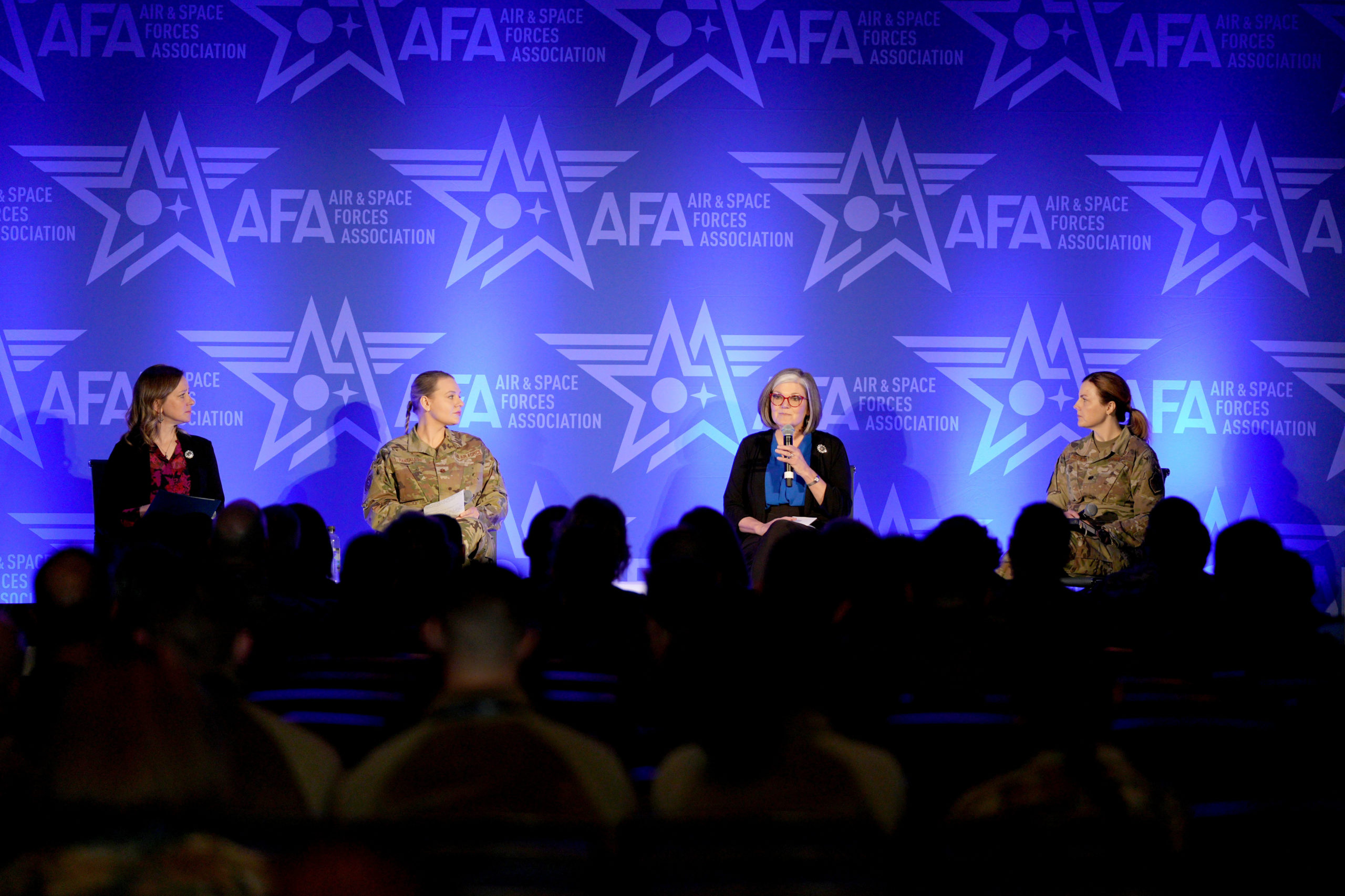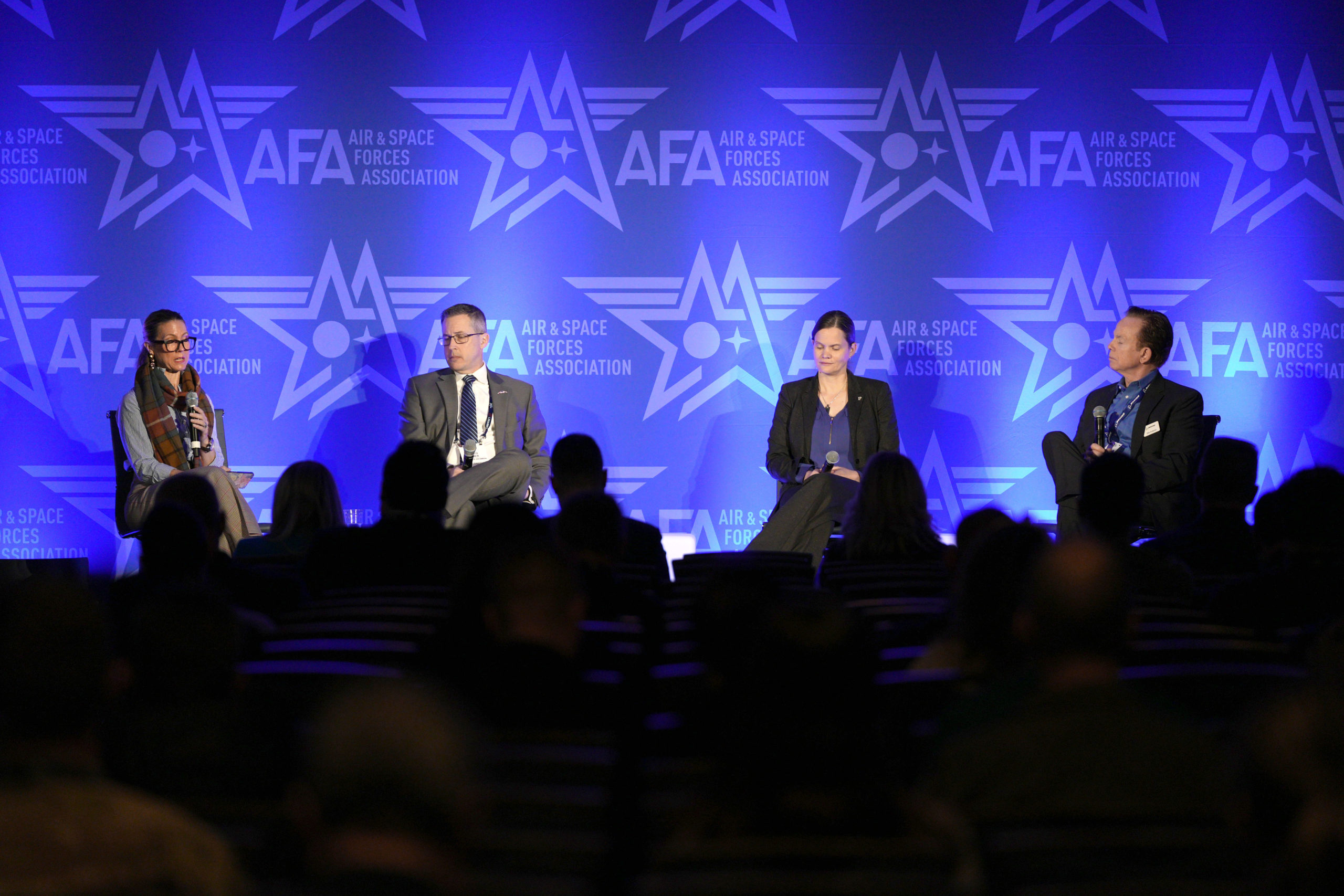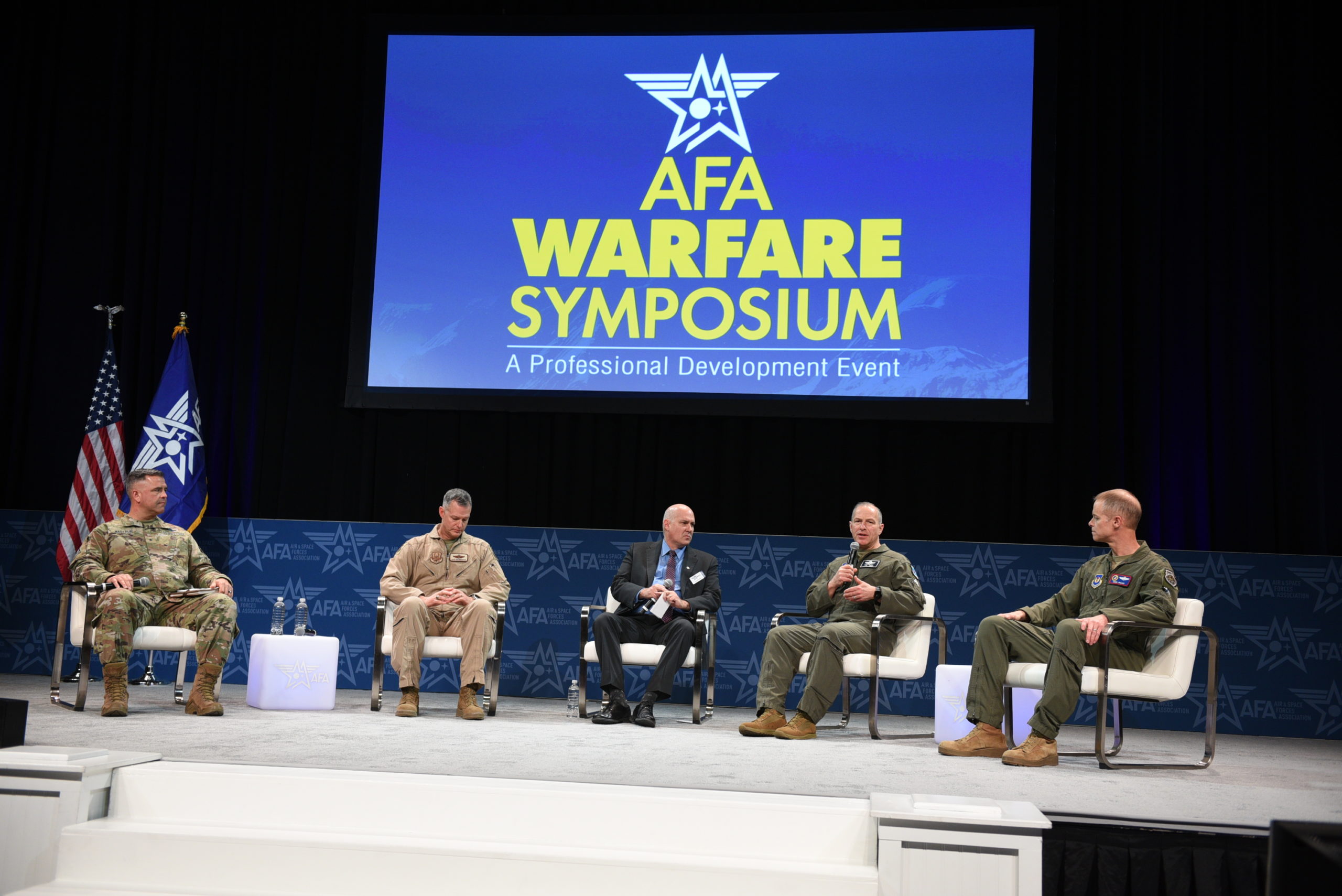AURORA, Colo.—Collaborative Combat Aircraft (CCAs) will be long-term, reusable force builders and shouldn’t be construed as expendable platforms, a top Air Force general said March 8 at the AFA Warfare Symposium.
Although Air Force Secretary Frank Kendall revealed that the service plans to build—notionally—1,000 “affordable” CCAs in the coming decade, that “doesn’t mean that this is an ‘attritable’ type of platform,” said Maj. Gen. Scott R. Jobe, director of plans, programs, and requirements, of Air Combat Command. “That’s been a common misconception.”
Jobe said field commanders will be the ones to decide whether the task at hand requires sending a CCA on a one-way mission, but that decision won’t be made at the programmatic level, where the aircraft will be designed and built for years of service.
“This is about affordable assets. So as we as we look through this, we’ve got to make sure that everyone keeps an eye on that. We’re going to re-use these air vehicles,” Jobe said in a panel discussion.
While the aircraft will be acquired with the assumption of a longer service life, “whether that’s 5, 10, 15 years … that’s something we are still working out,” Jobe later told Air & Space Forces Magazine. Moreover, “some of these may not be flown until we unpack them for a combat mission,” he said.
The idea harkens back to the Joint Unmanned Combat Air System (J-UCAS) program to develop autonomous combat air vehicles in the early 2000s, when they were expected to be “wooden rounds;” meaning stored until needed.
Some number of CCAs will operate regularly with the force, though, so that pilots and other operators can become accustomed to working with them, Jobe said.
He also noted that advanced materials and systems may make CCAs viable for longer than envisioned even a few years ago, when the Air Force planned on “attritable” autonomous aircraft that would be used until they wore out and then either used up on kamikaze missions or retired, without the need to create an extensive sustainment enterprise for them.
Jobe said the concept underlying CCAs is to achieve “affordable mass” and “overmatch” of adversaries.
The new aircraft will have to offer “affordability and capability,” Brig. Gen. Dale White, program executive officer for fighters and advanced aircraft, said in the panel discussion.
“No matter how cheap it is,” the CCA will not be worth doing unless it can offer “what we need … through the lens of lethality,” White said.
David Alexander, president of General Atomics aircraft systems, said a rate of 200 aircraft per year would mark “considerable production”, and a lot of thought needs to be applied to ensuring that the supply chain will be there to generate that many airframes.
When Kendall announced the 1,000 figure, “that went around the world twice in a minute” and raised the question of “what would be your peak rate,” Alexander said. To achieve 200 aircraft per year, the Air Force will have to “tap into the commercial market” which may not already be part of the defense industrial base, he said.
For example, “the light business jet propulsion base” needs to be heathy and play a role, he said. In materials—particularly areas like additive manufacturing and thermoplastics—“there’s a lot of capacity out there … for healthy production lines,” Alexander said.
Mike Benitez of Shield AI said the Air Force also needs to keep its manpower footprint front and center as it works out the operating concept for CCAs. For most uncrewed aircraft operating today, the manpower requirements “are four to five times” that for crewed airplanes, he said. “We can’t do that with CCAs.”
The manpower footprint should be manageable with new technology, Benitez added, and the Air Force can help itself on that front by ensuring that CCAs have an open architecture to incorporate rapidly-progressing AI technologies that will drive it.
As an example, Benitez noted that the popular ChatGPT artificial intelligence system debuted in 2018, and the second version, a year later, had ten times its power. The third iteration, in 2021, was ten times more powerful than the second, and GPT4, coming in about a year, will have one trillion parameters.
“That is how fast the state of artificial intelligence is advancing,” he said.
Quoting airpower theorist John Boyd, Benitez also suggested that a force must be able to endure at least one percent attrition “to maintain an air campaign without prohibitive interference.” In World War II, Eighth Air Force endured 10 percent attrition per month for 24 straight months, but it could do so because the production base back home was building “1,000 bombers a month,” Benitez said.
“That’s capable mass at scale,” he said, and CCAs will have to emulate the concept.
